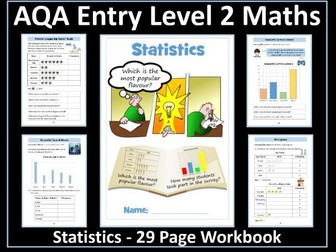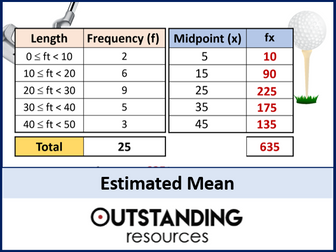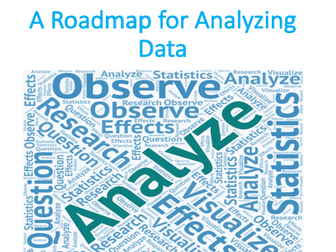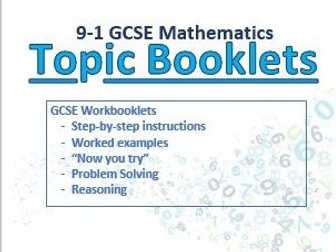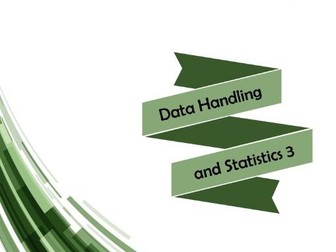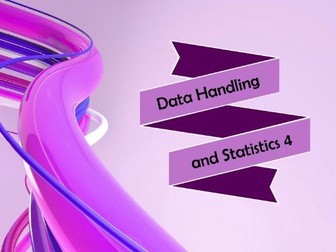Bundle
Handling Information and Data (Statistics) - Level 1 Functional Skills Maths
<p>This resource has been designed for Entry Level 3 students working towards Functional Skills Maths qualifications at Level 1 (Edexcel-Pearson, NCFE, City and Guilds, AQA, Highfield Qualifications, NOCN, Open Awards). It contains 6 workbooks and 6 PowerPoint lessons on handling information and data.</p>
<p>These resources will help pupils to achieve these outcomes:</p>
<p>represent discrete data in tables, diagrams and charts including pie charts, bar charts and line graphs<br />
group discrete data and represent grouped data graphically<br />
find the mean and range of a set of quantities<br />
understand probability on a scale from 0 (impossible) to 1 (certain) and use<br />
probabilities to compare the likelihood of events<br />
use equally likely outcomes to calculate the probability of a simple event and to express it as a fraction in its simplest form</p>
<p>The bundle includes six workbooks and six PowerPoint lessons:</p>
<p><strong>Workbooks</strong></p>
<p>The 25+ page workbooks contain explanation pages, worksheets,progress checks and certificates of achievement. They are provided in PDF and editable PowerPoint versions. They can be used for classwork, homework, revision or as an independent learning pack.</p>
<p><strong>PowerPoint Lesson</strong></p>
<p>The PowerPoint lessons clearly explain the skills and knowledge needed for the handling information and data component of the Level 1 specification. Many opportunities are provided within the PowerPoints for students to reinforce and consolidate their knowledge and to practise their skills in handling data.</p>
<p>All the PowerPoints contain video links to the various components of data handling and representation and to example exam questions. They are ideal for introducing the various components of the handling information and data specification and for revision purposes.</p>
<p><em>If you buy this resource and are pleased with your purchase I would be grateful if you could leave a review. In return, you can have a free resource up to the value of your purchased resource. Email <a href="mailto:inspireandeducate@aol.co.uk" target="_blank" rel="nofollow">inspireandeducate@aol.co.uk</a> with your user name, the resource you have reviewed and the resource you would like for free.</em></p>
<p>You may also be interested in:</p>
<p><strong><a href="https://www.tes.com/teaching-resource/resource-12909103">Level 1 - Numbers and The Number System Bundle</a></strong></p>
<p><strong><a href="https://www.tes.com/teaching-resource/resource-12964923">Level 1 - Measures, Shape, Space Bundle</a></strong></p>
<p><strong><a href="https://www.tes.com/teaching-resource/statistics-bundle-level-1-functional-skills-maths-12991353">Level 1 - Handling Information and Data Bundle</a></strong></p>
<p><strong><a href="https://www.tes.com/teaching-resource/functional-skills-maths-entry-level-3-resource-bundle-12813173">Entry Level 3 Maths Bundle</a></strong></p>
<p><strong><a href="https://www.tes.com/teaching-resource/functional-skills-maths-entry-level-2-12741399">Entry Level 2 maths Bundle</a></strong></p>
<p><strong><a href="https://www.tes.com/teaching-resource/functional-skills-maths-entry-level-1-12636159">Entry Level 1 Maths Bundle</a></strong></p>
<p><strong><a href="https://www.tes.com/resources/search/?authorId=884045&orientations=English&q=entry%20level&shop=Krazikas&subjects=GB%7C0%7CEnglish%7C">Entry Level English Resources</a></strong></p>
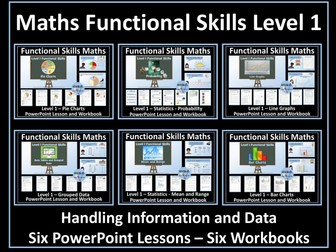
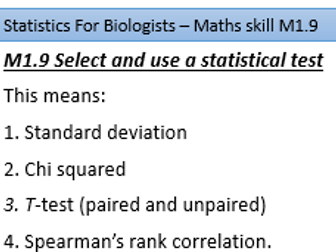
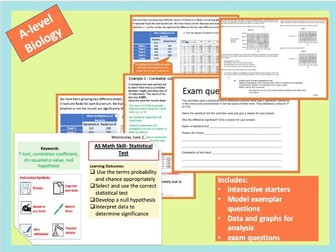
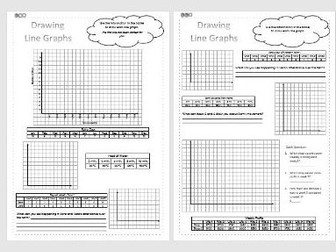
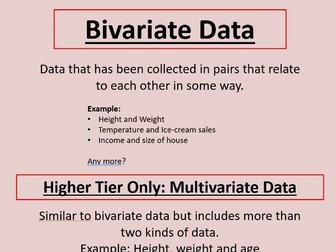
![A-Level Psychology - KINDS OF DATA: DESCRIPTIVE STATISTICS [Year 1 Research Methods]](https://l.imgt.es/resource-preview-imgs/891a50da-3fb2-4cbc-8c21-0bfdecdd1222%2Fl14.jpg?profile=res-img-med-legacy-v2)


